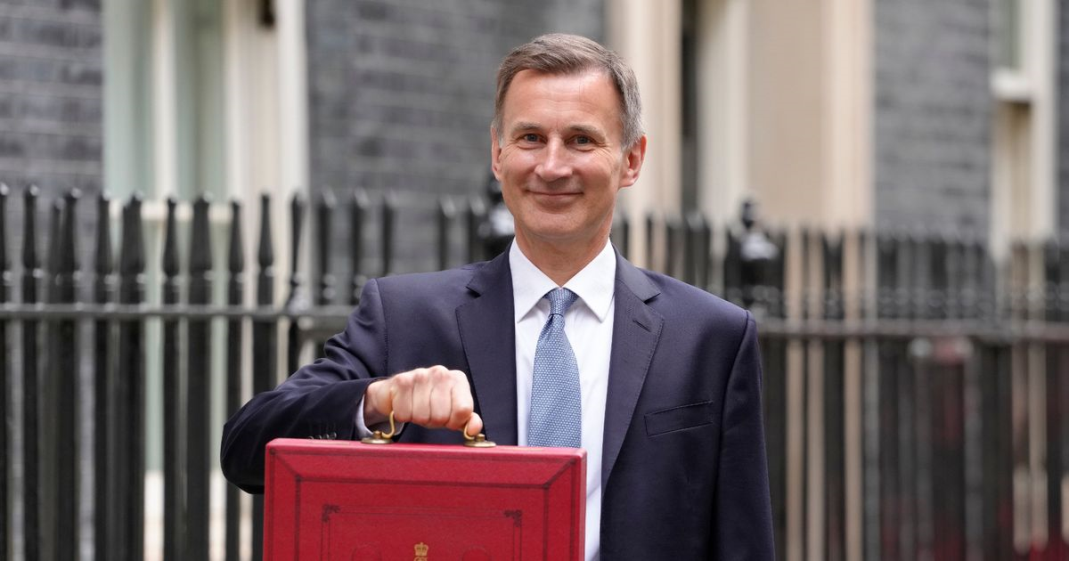The 2023 Budget childcare giveaway – politically expedient headline or a serious plan?

Childcare has long been a hot topic in the UK, with parents struggling to balance work and family life due to the high costs and limited availability of quality childcare. In the March 2023 budget, the UK Government has made several announcements regarding childcare.
One of the key announcements is the Government's plan to extend the provision of 30 hours of free childcare per week to include all children from 9 months to 5 years old. This is part of a package of initiatives to get more people back into the national workforce and try and boost growth.
The measures announced in the March 2023 budget are part of the government’s attempt to address a chronic labour shortage that continues to hamper UK plc growth. The UK is the only OECD Member country, except for Switzerland, to have seen a sustained rise in economic inactivity since the start of the pandemic, driven predominantly by over 50’s not re-joining the workforce. Elsewhere, Brexit has seen a net 330k reduction in the available British workforce.
For many childcare providers, however, this new plan has the air of “offer more hours at a loss”, similar to its 2017 equivalent when three-to-four year olds were offered 30 hours of ‘free’ care. While the news that the government is “ increasing the hourly rate paid to providers” will be welcome, full costings appear scarce and there is scepticism that the numbers don’t add up. Neil Leitch, chief executive of Early Year Alliance joined others including opposition MPs in warning the government that they must ensure funding meets the cost of this new provision.
There are recent precedents to judge the efficacy of those worries. In 2017, Government Ministers were warned that fees would soar and providers could fold when the 30-hour free provision for three and four years olds was launched. The warnings proved almost entirely true - The average cost of providing full-time care for a three-year-old has soared to around £14k per annum.
Of course, post-Brexit and post-pandemic, the government has to act as the UK economy continues to slide down the G20 performance tables. However, is this just a politically expedient headline that will struggle to deliver a solution once it hits cold, economic reality or a fully funded plan to get more people into work? That will depend on those tasked with delivering extended childcare and the support the Government gives them.
With that in mind, leading market analysts Plimsoll have produced their latest assessment of the childcare sector to see how well prepared it is to absorb additional demand. The latest Plimsoll Analysis examines each of the top 1000 providers across the UK and assesses the financial reality on the ground. Based on the most up-to-date financial data for each company, Plimsoll has found a market that appears ill-equipped to deliver.
Over a quarter of UK childcare providers are financially exposed
263 of the top 1000 childcare providers assessed in the Plimsoll Analysis are rated as Danger.
9 out of 10 previously failed companies received such a rating from Plimsoll up to 2 years prior to their demise. To continue viably, these companies need to re-focus their operations on profit and sustainability. That these companies should be expanding to meet additional demand seems unlikely. Can the 400 providers that have been rated as Strong fill the void?
M&A deals now appear to be inevitable
With a growing polarisation between cash-rich businesses and undercapitalised rivals that need an injection of funds, a period of consolidation looks inevitable. In fact, the efficiency gains required to deliver on government-expanded childcare demands will likely require the benefit of economies of scale.
The Plimsoll Analysis has named 180 of the UK’s 1000 leading childcare companies as being ripe for takeover. These companies have a sizeable difference between their current and future values and are predominantly independently owned. In Plimsoll’s opinion, these are the best M&A options if the market is to consolidate in 2023.
Profits remain healthy but were coming under pressure before the Budget announcement
The last two years have been a story of continued pressures on profit margins across the childcare market. The sector has been particularly hard hit by the cessation of young European workers post-Brexit which has led to an acute shortage of availability of qualified care staff. As a result, average profit margins have fallen sharply below 5% in the latest year.
If providers are expected to subsidise the gap between government payment and the cost of delivery for an expanded pool of preschool children, can they absorb the additional cost, especially as input costs continue to be so high?
In summary, the Plimsoll Analysis reveals a childcare market already struggling to cope with inflationary pressures and a hiring crisis that shows little sign of abating. The pressures that a wave of more children claiming their free care will add to the industry, without a fully funded programme or government support package, could have dire consequences. Plimsoll will help to show which providers have the broadest financial shoulders.
The latest Plimsoll Analysis is a valuable resource for childcare providers, those working in the supply chain that feed into the market, and anyone with a vested interest in monitoring financial performance in the sector. Imagine the convenience of having every leading childcare provider in the country assessed, valued and rated on their financial strength in one convenient study.
For more information, please click here.
(Image: AP)


